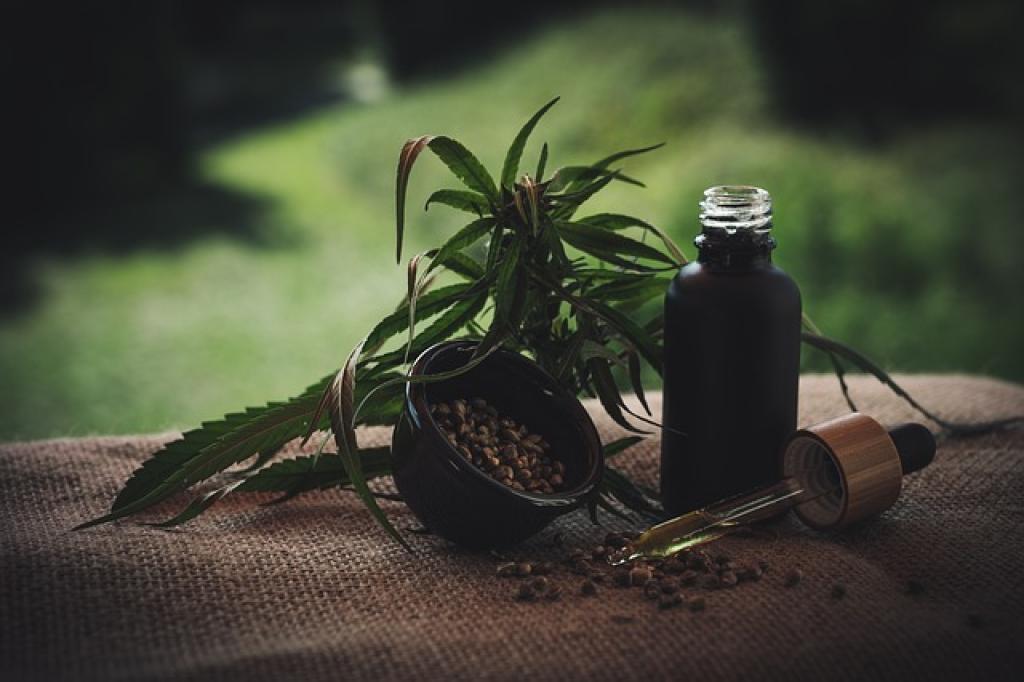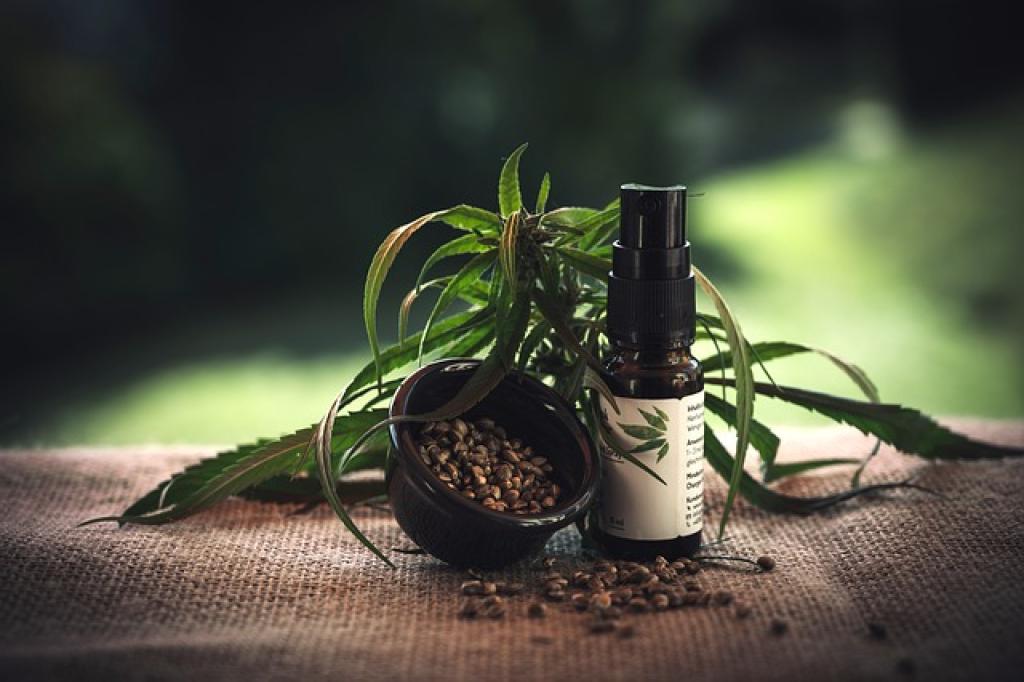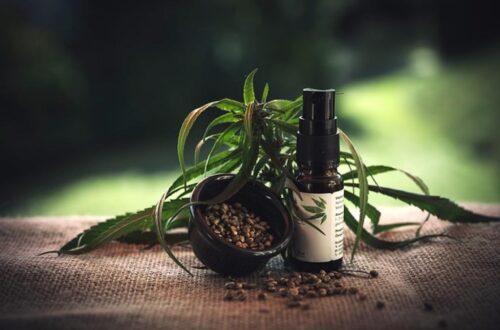Dealing with pain can feel like a full-time job. Whether it’s chronic discomfort or the occasional ache, finding relief that doesn’t come with a laundry list of side effects can be challenging. Enter CBD, a natural compound that’s been making headlines for its pain-relieving properties.
CBD, short for cannabidiol, is gaining popularity as a natural option for managing pain. Derived from the hemp plant, it offers potential relief without the ‘high’ associated with THC. But how exactly can you use CBD for effective pain management?
From oils and tinctures to creams and gummies, CBD is available in various forms, each suited for different types of pain and lifestyles. Understanding how to choose the right method can make all the difference in your pain management journey.
Let’s explore some of the most effective ways to incorporate CBD into your routine and potentially wave goodbye to discomfort. Ready to dive in?
Understanding CBD and Pain Relief
So, what makes CBD such a buzzworthy topic for pain relief? Let’s break it down. CBD interacts with the body’s endocannabinoid system (ECS), which plays a crucial role in regulating pain and inflammation, among other functions.
The ECS is made up of receptors that are found throughout your body, including in your brain and immune system. When you take CBD, it influences how these receptors respond to pain signals, potentially reducing both the sensation and severity of pain.
One of the standout features of CBD is its anti-inflammatory properties. By reducing inflammation, CBD can help ease pain caused by conditions like arthritis, muscle injuries, and even certain chronic illnesses.
Coupled with this, CBD is non-psychoactive, meaning it won’t get you ‘high.’ This makes it an appealing option for those wanting natural pain relief without the mind-altering effects often associated with cannabis.
Research is ongoing, but many studies and personal anecdotes already highlight the effectiveness of CBD for managing different types of pain. As with any supplement, it’s important to consult with a healthcare professional to determine the best approach for you.
Ready to see how you can incorporate CBD into your pain management routine? Let’s move on to the methods you can try.

How CBD Interacts with the Endocannabinoid System
Alright, let’s dive a bit deeper into how CBD works with the endocannabinoid system (ECS). The ECS is like the body’s master regulator, keeping everything in balance. It’s involved in controlling pain, mood, appetite, and even immune response.
So, how does CBD fit into this picture? Unlike THC, which binds directly to CB1 and CB2 receptors in the ECS, CBD has a more indirect approach. Think of it as a gentle nudge rather than a forceful push. This subtle interaction helps modulate the ECS, promoting balance and wellness.
Boosting Endocannabinoid Levels
One cool thing about CBD is that it might help boost endocannabinoid levels. It does this by inhibiting the enzyme FAAH, which breaks down anandamide, one of the body’s own endocannabinoids. Higher levels of anandamide may contribute to reduced pain and a general sense of well-being.
Modulating Receptors
CBD also influences other receptors beyond the ECS. For instance, CBD interacts with TRPV1 receptors, known to play a role in pain perception and inflammation. By affecting these receptors, CBD can further help manage pain and discomfort.
It’s fascinating how a single compound can have such a multifaceted impact on the body. Now that we understand how CBD interacts with the ECS, we’ll look into the various ways you can use CBD for pain relief in our next section.
Choosing the Right CBD Product for Pain Management
Now that we know how CBD interacts with our body’s system, let’s talk about choosing the right CBD product for pain management. With so many options out there, it can feel overwhelming, but don’t worry! Here’s a simple guide to help you decide.
First, think about the form of CBD that fits best into your lifestyle. Are you looking for fast relief or something more gradual? For quick effects, a CBD oil or tincture that you place under your tongue might be ideal. The sublingual method allows CBD to enter your bloodstream faster.
If you prefer a slower release over several hours, CBD capsules or edibles like gummies could be the way to go. These go through your digestive system, so they take a bit longer to kick in, but the effects tend to last longer.
Topicals are another great option, especially if your pain is localized to a specific area, like sore muscles or joints. CBD creams, balms, and salves can be applied directly to the skin, providing targeted relief.
When choosing a product, also pay attention to the concentration of CBD. Start with a lower dose and gradually increase it until you find what works best for you. Everybody is different, so finding the right amount might take a little trial and error.
Lastly, always look for high-quality CBD products. Check for lab-tested results to ensure purity and potency. Reliable brands will have this information readily available.
Choosing the right CBD product doesn’t have to be complicated. By considering your needs and doing a bit of research, you can find the perfect CBD option for managing your pain.
Optimal CBD Dosage for Pain Relief
Finding the optimal CBD dosage for pain relief can feel like a guessing game, but with a little guidance, you can find your sweet spot. Remember, everyone’s body is unique, so what works for one person might not work for another.
Start Low and Go Slow
The best approach to finding your ideal dosage is to start with a low amount and increase it gradually. Begin with the lowest recommended dose on the product you’re using. Give your body a few days to adjust before upping the dose. Keep a journal to track your symptoms and how you’re feeling. This will help you determine what dosage is the most effective.
Consider Body Weight and Severity of Pain
Your body weight plays a role in determining the right dosage. Generally, heavier individuals might require higher doses to experience the same effects as someone lighter. Additionally, the severity of your pain should be considered. Moderate pain might be managed with a lower dose, whereas severe pain could require a bit more.
If you’re still unsure, consult with a healthcare professional experienced with CBD. They can give you personalized advice based on your specific needs and medical history.
Remember, patience is key. Finding the right dosage might take some time, but it’s worth it for effective pain relief. Stick with it, and you’ll likely find the optimal amount that provides the comfort you’re seeking.
A Guide to Incorporating CBD into Your Pain Management Routine
Incorporating CBD into your pain management routine can be simple and straightforward. Here are some practical tips to help you get started.
Choose the Right Product
There are various forms of CBD products available, such as oils, gummies, capsules, and topicals. Consider what works best for your lifestyle and specific pain areas. For example, CBD topicals can be directly applied to sore muscles, while oils and edibles might provide more generalized relief.
Set a Consistent Schedule
For the best results, consistency is key. Take your CBD at the same times each day to maintain steady levels in your system. Whether it’s in the morning, before bed, or after meals, find a routine that works for you and stick to it.
Keep track of your dosage and timing using a journal or app. This will help you see patterns and make necessary adjustments to optimize effectiveness.
Complement with Other Therapies
CBD can be a valuable part of a broader pain management strategy. Combining CBD with other therapies like physical therapy, massage, or gentle exercise can enhance your overall pain relief. Always consult with your healthcare provider before adding new treatments to your routine.
Incorporating CBD into your daily life doesn’t have to be complicated. With a bit of experimentation and mindfulness, you’ll find a routine that helps you manage pain more effectively.
Common Misconceptions About CBD for Pain
CBD has gained immense popularity, but there are still some misconceptions floating around. Let’s clear up a few common myths.
CBD Will Get You High
Contrary to some beliefs, CBD is not psychoactive, meaning it won’t make you feel “high.” THC, another compound found in cannabis, is responsible for the psychoactive effects. Most CBD products contain little to no THC, so you can reap the benefits without any mind-altering experiences.
More CBD Means Better Results
When it comes to CBD, more is not necessarily better. The effectiveness of CBD can vary based on individual factors like your body weight and metabolism. Start with a low dose and gradually increase until you find what works best for you. Always follow the manufacturer’s guidelines and consult your healthcare provider for personalized advice.
CBD Is a Cure-All
While CBD has shown promise in alleviating pain, it’s not a miracle cure. It’s a helpful tool in managing symptoms, but it should be part of a broader health plan. Supplements, a balanced diet, exercise, and other treatments can all play a role in your pain management strategy.
It Works Immediately
Patience is crucial when beginning a CBD regimen. Some people experience relief quickly, while for others, it can take days or weeks to notice improvements. Consistency is essential, so give your body time to respond before making any changes to your dosage or routine.
Understanding these misconceptions can help you make more informed decisions and set realistic expectations for your CBD journey. Remember, knowledge is power when it comes to managing your health!
Real-life Success Stories: CBD for Pain Management
Hearing about others’ experiences can be incredibly inspiring and educational. Let’s dive into some real-life success stories that shed light on how CBD has helped people manage their pain.
Jane’s Journey with Chronic Back Pain
Jane had been battling chronic back pain for years. Traditional medications offered little relief and came with unwanted side effects. After doing her own research, Jane decided to try CBD oil. She started with a low dose and gradually increased it. Over time, she noticed a significant reduction in her pain levels, allowing her to get back to activities she loves, like gardening and yoga.
Mike’s Arthritis Relief
Mike, a retired carpenter, struggled with arthritis in his hands. Simple tasks like opening jars became a painful challenge. A friend recommended CBD cream, and Mike was skeptical but decided to give it a shot. After applying the cream consistently for a few weeks, he was amazed to find his pain had decreased. Now, Mike regularly uses CBD cream and even finds himself back at his woodworking bench, creating beautiful pieces once again.
Sophia’s Sports Injury Recovery
Sophia, a passionate runner, suffered a knee injury that left her sidelined. Physical therapy helped, but the lingering pain made it tough to get back to her routine. Her trainer suggested trying CBD capsules. After incorporating them into her recovery plan, Sophia felt a marked improvement in her knee pain and inflammation. She’s now back to running, even training for her next marathon!
These stories are just a few examples of how CBD has positively impacted people’s lives. While everyone’s experience is unique, real-life testimonials provide hope and show the potential of CBD in pain management. Always remember to consult with a healthcare professional before starting any new treatment.
The Bottom Line: Effectiveness of CBD for Pain Management
In summary, CBD has emerged as a promising option for those seeking relief from various types of pain, from chronic conditions to sports injuries. With scientific studies supporting its potential and countless real-life success stories, it’s clear that CBD is more than just a trend.
Many people have found that CBD provides significant pain relief without the side effects associated with traditional pain medications. Whether it’s in the form of oil, creams, or capsules, the versatility of CBD makes it accessible for different needs and preferences.
Though it’s essential to note that CBD isn’t a one-size-fits-all solution, its growing popularity and positive testimonials indicate a genuine benefit for many. Consulting with a healthcare professional before starting any CBD regimen is crucial to ensure it’s the right choice for you.
At the end of the day, while more research is needed to fully understand all the benefits and potential risks of CBD, what we do know is promising. If you’re considering CBD for pain management, you’re certainly not alone, and you may find the relief you’ve been searching for.






